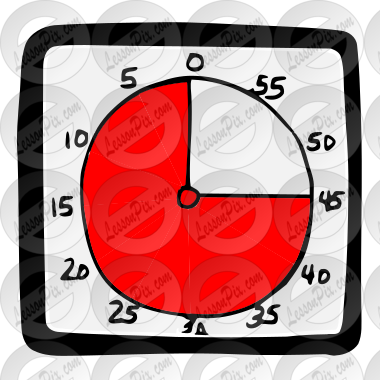
Psychological stressors may further influence the reporting behavior of eye symptoms. Indoor environmental, occupational and personal risk factors may aggravate the PTF stability factors such as age, contact lenses, cosmetics, diet, draft, gender, low humidity and high temperature, medication, outdoor and combustion pollutants, and VDU work. To remind yourself to give your eyes a break, try setting a timer or using an app. To be in a position to interpret the high prevalence of eye symptoms, a multidisciplinary and integrated approach is necessary that involves the external eye physiology (separate from internal eye effects), eye diseases (evaporative dry eye (DE), aqueous-deficient DE, and gland dysfunctions), and risk factors that aggravate the stability of precorneal tear film (PTF) resulting in hyperosmolarity and initiation of inflammatory reactions. like headaches, blurred vision, fatigue, dry or watery eyes. If you close the stopwatch, the value and laps will be automatically saved. The symptoms are also among the most commonly reported complaints in the eye clinic. The online stopwatch counts the time to the millisecond that passes after you click the 'Start' button. Slowly move your finger away from your face, holding your focus. Hold your pointer finger a few inches away from your eye.

The symptoms are especially among middle and advanced ages and particularly among women more than men. It should be done from a seated position.

Eye irritation, for example dry or irritated eyes, is generally among top three reported symptoms in office-like environments, in particular among workplaces with cognitive demanding visual display unit (VDU) work.


 0 kommentar(er)
0 kommentar(er)
